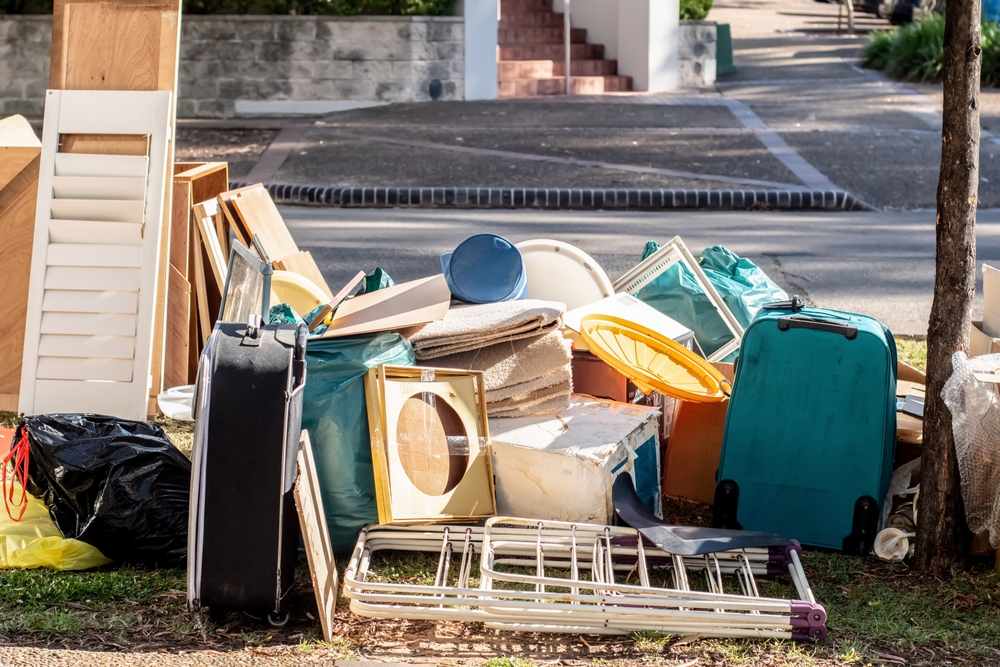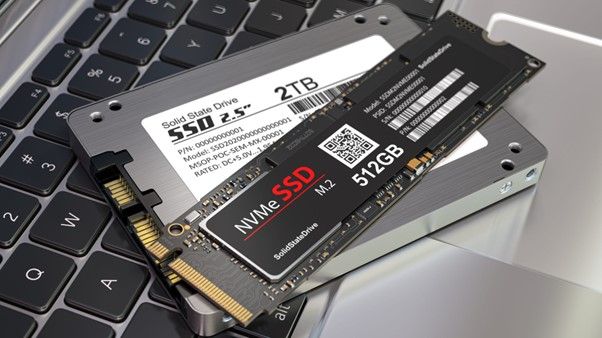Toxic Trash – The Environmental Impact of Common Household Waste
Many everyday household items that we use and discard without much thought contain hazardous materials. Improper disposal of these items can result in significant environmental harm, affecting soil, water, air quality, and wildlife. Understanding the proper disposal methods is crucial for minimizing the negative impact on our environment and protecting both human health and ecosystems.
Antifreeze
Antifreeze is a commonly used product in households, especially those with vehicles. However, it contains ethylene glycol, a toxic substance harmful to humans, animals, and the environment. When disposed of improperly, antifreeze can seep into water sources, contaminating lakes, rivers, and groundwater. Aquatic life, wildlife, and even pets can be severely impacted by ingestion, often leading to poisoning. Instead of pouring antifreeze down the drain, recycling is the best option. Many auto parts stores, service stations, and waste management centers accept used antifreeze for recycling. In areas without recycling options, it should be taken to a center with proper facilities for chemical waste disposal.
Batteries
Batteries, especially rechargeable and car batteries, contain hazardous substances like lead, mercury, and cadmium that can cause environmental damage. Improper disposal of batteries can lead to heavy metals leaching into the soil and groundwater, contaminating ecosystems and water supplies. They also contribute to toxic landfill waste, affecting both wildlife and human health. Many retail stores and recycling centers offer drop-off services for used batteries. Car batteries, due to their high toxicity, must be taken to automotive shops or hazardous waste centers. Alkaline batteries, though less harmful, should be recycled whenever possible, though some areas allow disposal in regular trash.
Fluorescent Tubes
Fluorescent lighting (including Compact Fluorescent Lamps (CFLs)) contains mercury, a potent neurotoxin. When these tubes break or are improperly disposed of, mercury can leak into the environment, contaminating water systems. This toxic metal can enter the food chain, especially affecting fish and other aquatic organisms. To prevent mercury contamination, fluorescent tubes and CFLs should be recycled. Many hardware stores offer collection programs, or they can be taken to a hazardous waste disposal facility.
Adhesives
Adhesives are widely used for home projects, but they often contain volatile organic compounds (VOCs) and other harmful chemicals. Adhesives can leach toxic chemicals into the soil and water, leading to environmental contamination. When incinerated, they may emit harmful fumes, adding to air pollution. If possible, allow adhesives to harden before disposing of them in regular trash. For those labelled as hazardous, it’s best to take them to a hazardous waste collection center.
Solvents
Solvents are essential for cleaning and painting but are notorious for their environmental impact. Many solvents release VOCs into the air, contributing to air pollution and ozone depletion. They can also contaminate groundwater if poured down the drain or disposed of improperly, posing risks to both ecosystems and human health. Solvents should be taken to a hazardous waste disposal center. In some cases, solvents can be reused by letting contaminants settle and reusing the clear liquid on top.
Aerosols
Aerosols contain pressurized chemicals that can be harmful to the environment, particularly if they are not fully used up. Aerosols can explode in landfills and release toxic chemicals into the atmosphere. If you’re clearing out the garage or basement you may find older aerosols that contain chlorofluorocarbons (CFCs), which contribute to ozone depletion and climate change. Empty aerosols can typically be recycled or disposed of with regular trash, but those that are full or partially full should be taken to a hazardous waste disposal center.
Garage Clearance Waste
Garage clearouts often result in hazardous waste like tires, engine oil, and scrap metal. Tires can release toxic chemicals when burned or left to degrade, and used oil can contaminate water sources, severely affecting aquatic life. Scrap metal, if left to rust in landfills, can leach toxic substances into the soil and water. Tires can be recycled at many tire dealerships or recycling centers. Used engine oil should be recycled at auto parts stores or service stations. Scrap metal should be taken to a metal recycling facility.
The Environmental Hazards
Improper disposal of household items leads to significant environmental hazards, including water contamination, where chemicals from batteries, solvents, and antifreeze pollute water sources, harming aquatic ecosystems and entering the human food chain. Soil contamination occurs when toxic substances from adhesives, aerosols, and scrap metal degrade soil quality, affecting plant life and reducing land usability. Air pollution results from VOCs released by solvents, aerosols, and adhesives, leading to respiratory issues and worsening climate change. Wildlife harm is caused when animals ingest hazardous waste, leading to poisoning and disruption of ecosystems.
Conclusion
By following proper disposal methods and recycling hazardous household items, we can protect the environment from unnecessary pollution. Whether it’s taking antifreeze to a recycling center, dropping off batteries at a collection site, or ensuring fluorescent lamps don’t end up in the trash, small actions make a big difference in safeguarding our planet.
Keep an eye for more latest news & updates on Hiphop Hiphop!






